In an exclusive interview with Geoff Garrett (Post Producer of The Flash) we got a chance to talk to him about what happens behind the scenes and in edit bays to turn this superhero show into a visual effects masterpiece for television.
For the fans of the show, can you give us a brief overview of what you do as post producer of The Flash?
My job is to coordinate and work with all of the editorial side of the show. So, I work with production, through the beginning of prep of the shooting, about what our particular needs will be for the show to accomplish what the writers have written. And then I work with the editors, composers, VFX (visual effects), and the actors for ADR (automatic dialogue replacement) to take all the elements that are captured and put together by production and we edit it down and then, actually, put the whole show together. I work with color correction and the cinematographers. I work with the composers and the music and the mix. I work with the executive producers to supervise all these sessions of put it all together in the end.
What got you into post? How did you get started in this career?
Ironically enough, it was because I was a projectionist in a movie theatre. When I was in college, my first job working on a film was working on a movie to program and that was because I had mentioned, “Well, I’m a projectionist in town. Do you need anybody for your dailies?” And they just so happened to need somebody so I became a projectionist on that movie. Every night I would see the editorial folks and I would get to know them and saw what it involved to do a feature film. I always liked that combination of technical and creative that really is a big part of the post world. It sort of blends both those elements together, so I always liked that. That was my start.
Were you nervous about how VFX heavy The Flash was going to be when you first took over the show?
It’s a daunting task, for sure. I’ve done other VFX shows, but I think I was more nervous about making sure we did the character justice. It’s such a beloved character. I loved the character, as well, so we wanted to make sure we did it right. I think I was most nervous because we never have as much time as we would like so you’re always hoping that you have as much time to get everything the way you want it. A lot of VFX, so it does keep you busy.
How does vfx on this show differ from any other show that you have worked on, like Psych?
Well, Psych is much more contained. I did the Knight Rider pilot which is probably much more similar to this scale. You know you’re dealing with elements on The Flash that are much more complicated because they are 3D elements. So you’re adding things into the frame that don’t exist at all. So, you’re adding the mist or you’re adding sound waves coming from Pied Piper’s gauntlet or literally just adding Flash to the environment.
 So, it’s much more involved, in that case, because not only does your main character have a main visual effects component to it, but the things that he’s battling are also VFX. So, the complexity and how difficult it is to get the sequences put together is amplified because you’re often dealing with, literally, nothing in the frame. So, you’re trying to imagine and edit how you would pace a train car crash and Flash saving all the people when you have animatics, empty plates and different pieces. How do you know when it’s too fast, not fast enough or too slow? So that’s a big challenge trying to imagine these big sequences. Flash running on water or the tidal wave sequence and trying to make it emotional and impactful when you have nothing on the screen. It’s a challenge.
So, it’s much more involved, in that case, because not only does your main character have a main visual effects component to it, but the things that he’s battling are also VFX. So, the complexity and how difficult it is to get the sequences put together is amplified because you’re often dealing with, literally, nothing in the frame. So, you’re trying to imagine and edit how you would pace a train car crash and Flash saving all the people when you have animatics, empty plates and different pieces. How do you know when it’s too fast, not fast enough or too slow? So that’s a big challenge trying to imagine these big sequences. Flash running on water or the tidal wave sequence and trying to make it emotional and impactful when you have nothing on the screen. It’s a challenge.
 How do you coordinate all the elements for all the crossovers with Arrow? Who holds onto the media for which bits? How do you keep that all straight?
How do you coordinate all the elements for all the crossovers with Arrow? Who holds onto the media for which bits? How do you keep that all straight?
Luckily, we’re right down the hall from the good folks on Arrow. Whenever they need something from Flash for one of their episodes, we happily give them the material and they do the same for us. It also goes down to the sound, as well. We make sure that we reach out to the sound people that do Arrow, so whenever Arrow is on our show when he draws his bow back or fires a particular arrow, it’s the same sound that you hear on Arrow. We have continuity and consistency because we want to make sure that all the characters in the universe feel and sound like they are all coming from the same world.
 Same thing with the Atom, you know. It’s like when the Atom appeared on Arrow and then came back to us, we try to make sure we use similar sounds for his ion cannon and his thrusters and everything so it all sounded the same. Luckily, we’re all sister shows and we all get along great and support each other really well. Just communicate back and forth what we need. It’s a lot of hard drives going back and forth, from a technical standpoint.
Same thing with the Atom, you know. It’s like when the Atom appeared on Arrow and then came back to us, we try to make sure we use similar sounds for his ion cannon and his thrusters and everything so it all sounded the same. Luckily, we’re all sister shows and we all get along great and support each other really well. Just communicate back and forth what we need. It’s a lot of hard drives going back and forth, from a technical standpoint.
How much more complicated will it be with the addition of Legends of Tomorrow and maybe even Supergirl? Are all going to be in the same place?
I think we’re going to just build a “Hall of Justice” over here at the Burbank Studios. It’s going to be more complicated. It’s just a volume issue. Legends [of Tomorrow] is just going to be a really big show. It’s going to be dealing with a lot of big world issues and then having a team. Each one with their own particular powers or skill sets is going to be a challenge. Luckily, the producers have spent a number of years working on multiple projects and keeping Arrow and Flash going, and I think they’re going to just continue that. Hopping from place to place, and focusing on each individual fire. They have a really talented team on Supergirl and Arrow that really know the show. We all just band together and make it work. A lot of late nights.
How long does it take to lock an episode from the moment you get the dailies/footage from production?
It takes about four to six weeks. Usually, around six weeks. As we get later in the season, usually our airdates become closer and we have to get things done quickly.
What was the quickest you’ve ever done?
The finale episode was probably the fastest we’ve ever had. We had to turn that one around in, I’d say about four weeks. And that was while we were shooting. We finished shooting on April 14th and we had a locked edit on the 29th of April. Everybody working, every day of the week, long hours. We had two very talented editors for the finale, Nathan Draper and Dan Wilken. They teamed up to get through all the material that was done. It was a daunting task, but they made it happen.
How far along in the cutting process before you hand off elements to visual effects? How long do they have to hand it back?
That’s one of the places that we probably differ from other shows. Our workflow is very similar to what any other TV show would do for VFX in many cases. But, for us, because the volume is so much, we a pulling shots as early as we can. We were pulling shots while we were in the editor’s and director’s cuts, but they had about two weeks, maybe three weeks to do all the VFX work on the finale, which is a very fast turnaround for them. Normally we try to give them at least four. We are constantly trying to identify the sequences and the shots that are likely to stay the same or we focus on those complicated scenes early on so that we can turn them over to VFX so they can get to work even if the rest of the show isn’t done or if we are still editing it. We’ll go ahead and get those into the workflow and over to the VFX folks so they can start working. Meanwhile we go back to editing and dial in the show and get all the pieces put together. Because of that we are always having to double check and backtrack and make sure nothing changed as we go through because it’s a pretty fast and furious process. For example for the Grodd episode, we pulled some of those early sequences with Grodd & Joe in tunnel sequences while they were still shooting. Because CG gorillas and CG Flash are going to be very complicated things to achieve we wanted every minute for our VFX team to work on it.
 Is there a difference for your team if a shot is a practical effect or a CGI effect like Grodd? How does that change your workflow?
Is there a difference for your team if a shot is a practical effect or a CGI effect like Grodd? How does that change your workflow?
If it’s a practical effect you’re augmenting an explosion or something, you at least have a real element to time with. The biggest difference is that if it’s a full CG [shot] you often don’t have anything in the frame at all except for an empty plate or a reference. We in editorial have to try and put things in that… we will literally try and temp effects in and do some very low and very often silly looking versions of it to at least tell the story. Let everybody know this is what Grodd is going to be doing here. He’s going to be moving from right to left. He’s going to be growling. For Grodd they ended up doing an interesting combination…production actually built a Grodd suit for a stunt actor to play. So it was a stunt actor on stilts in a funny looking sort of pillow outfit to make him have the size and scope of Grodd. We at least had that in the frame to edit with and develop a performance for Grodd. Then we had the actor, David Sobolov, who plays Grodd come in while we were shooting and do his lines so that the editor had his performance to match. And then we take those elements with the guy in the suit and then actually redeliver the plates that were clean that had nobody in the frame that the VFX would then work with and then put the CGI Grodd into…
 The guy did a great job, kind of growling and having ape like movements as an inspiration of what Grodd should be doing in each piece we shot, so that it builds a performance. I thought the vfx guys did an amazing job carrying that personality through for Grodd. I think you really get a sense of what kind of gorilla he is and a little bit of why he “hate banana.”
The guy did a great job, kind of growling and having ape like movements as an inspiration of what Grodd should be doing in each piece we shot, so that it builds a performance. I thought the vfx guys did an amazing job carrying that personality through for Grodd. I think you really get a sense of what kind of gorilla he is and a little bit of why he “hate banana.”
What is your relationship with the production team like? As far as post input in trick shots or VFX shots?
I’m involved with it all the way from the conceptual conversations through the production. We always talk about what are the VFX requirements and needs for each scene. We talk about how production is going to achieve or can’t achieve and what will be a purely CG shot without any production involvement or what will be production having elements which we then augment and then how we will shoot them. We discuss everything from what frame rate to shoot them to what angles. Obviously, each episodic director brings their talent and ability to the table. And then we talk about what are the particular needs and requirements for each effect, because we will sometimes dictate how something can be shot based on what we’re trying to achieve. It’s always a collaboration because they talk about what their particular challenges are on set. What they can physically do versus what we would like them to do. We often do what are called pre-vis (pre-visualization) where we have the big sequences pre-vised in almost a cartoon way that we can all use as a reference.
 We created one for the train crash in the first Captain Cold episode that gave us a really great road map. Then it became about how do we achieve each frame, and each angle? What do we need for each piece? What’s going to be CG, and what’s going to be an actress hanging on a wire or shot in slowmo? So, all of that becomes a collaboration, and it has to come to us, in editorial, in a manner in which we can use it and actually make it work. We have to be talking all the way through the process.
We created one for the train crash in the first Captain Cold episode that gave us a really great road map. Then it became about how do we achieve each frame, and each angle? What do we need for each piece? What’s going to be CG, and what’s going to be an actress hanging on a wire or shot in slowmo? So, all of that becomes a collaboration, and it has to come to us, in editorial, in a manner in which we can use it and actually make it work. We have to be talking all the way through the process.
How do you respond to comparisons/competition with other more funded networks/platforms like HBO/Netflix? How do you manage such great effects with a limited network budget?
I’m a fan of all those shows like Game of Thrones. I think they do amazing work. It’s really gratifying that people have been really responsive to it [Flash visual effects]. We just have an amazingly dedicated VFX team, with Encore VFX. Armen Kevorkian, our VFX supervisor over there is absolutely tireless in leading his team. All of our goals are to make it as big and as grand and play the spectacle as big as we can. It’s about being really smart about where we want to put our resources and our energies. Focusing on, this is the really big moment in the show, so we want to put as many of our eggs in this basket as we can. As early as the script stage we talk about what we can achieve and what’s really important. The executive producers, Andrew Kreisberg and Greg Berlanti, they’re always talking about what is important to them emotionally and what they want the audience to be excited by. So we know from the very beginning where we need to focus so that enables us to put the money in the right place. It’s always a give and take.
 A good example I would use is in the episode with the bug-eyed bandit. There was an original scene where Flash is going to run in to the bees attacking an office building to try to save the second victim. The bees are everywhere and everyone is running around crazy, avoiding the bees. The victim is trying to run from the bees so Flash grabs him and runs him out of the way. They land somewhere and Flash asks him “Are you ok?” He turns him around and realizes he’s been stung, and is already dead. Then the bees come after Flash and chase him away. We realized it was going to be a very complicated and involved sequence not only to shoot, but also to have all the bees everywhere. We knew we were going to have Atom fighting the bees and Flash fighting the bees in this really great back and forth ending. We realized just how involved that sequence, early in the episode, was going to be, so we talked in production meetings where do we want to put our emphasis and we knew it was the ending. We came up with the idea of, what if when Flash arrives, everyone’s running crazy and the bees are gone. He’s like “where are the bees?” and the guy is dead, “I’m too late.” He hears the bees inside the guy and the bees come out of the guy. So you get the sort of extra creepy moment of the bees being inside of him and then they chase Flash. You’ve lost all of bees in the beginning, but you find a fun, creative, hopefully a little scary way making the bees threatening.
A good example I would use is in the episode with the bug-eyed bandit. There was an original scene where Flash is going to run in to the bees attacking an office building to try to save the second victim. The bees are everywhere and everyone is running around crazy, avoiding the bees. The victim is trying to run from the bees so Flash grabs him and runs him out of the way. They land somewhere and Flash asks him “Are you ok?” He turns him around and realizes he’s been stung, and is already dead. Then the bees come after Flash and chase him away. We realized it was going to be a very complicated and involved sequence not only to shoot, but also to have all the bees everywhere. We knew we were going to have Atom fighting the bees and Flash fighting the bees in this really great back and forth ending. We realized just how involved that sequence, early in the episode, was going to be, so we talked in production meetings where do we want to put our emphasis and we knew it was the ending. We came up with the idea of, what if when Flash arrives, everyone’s running crazy and the bees are gone. He’s like “where are the bees?” and the guy is dead, “I’m too late.” He hears the bees inside the guy and the bees come out of the guy. So you get the sort of extra creepy moment of the bees being inside of him and then they chase Flash. You’ve lost all of bees in the beginning, but you find a fun, creative, hopefully a little scary way making the bees threatening.
How are you and your team working to make The Flash standout amongst a sea of superhero shows on the air now? What are you looking forward to in season two?
On Flash what I think we are going to continue to do, and what I love, is we really focus on the three cardinal rules for us, which is heart, humor and spectacle. I think we are going to be continuing that and I think that bottom line sets us apart. It sets The Flash apart as a super hero show. I think we really are embracing these characters and I’m looking forward to seeing where they go after our finale, which is an emotional ride for everybody. A lot of things change. Dealing with the repercussions of that is going to be a really great emotional thing to explore with them. I think we’re going to have some new people join the team that will make it kind of interesting as well. I think if we continue to do that we will continue to set ourselves apart. For Legends [of Tomorrow] is going to be a real thrill ride with a lot of twists and turns. It’s going to be a lot of big issues and what I’m seeing them develop are also some really interesting individual stories. Each team member is part of this adventure and part of this team for a reason. And that reason is a rather personal one and they are really going to spend time letting us understand why this disparate group of heroes and villains would ever team up with this crazy time traveler guy to fight a villain at the level of Vandal Savage. I think the spectacle of all of them fighting together is going to be something you haven’t seen on TV, ever. That’s going to be a great way to set us apart. We’re going to have some pretty, hopefully, epic battles that will make people just pop the popcorn because it’s going to be a summer movie ride every episode.
The Flash returns this Fall and DC’s Legends of Tomorrow premieres in the 2015 midseason on The CW.
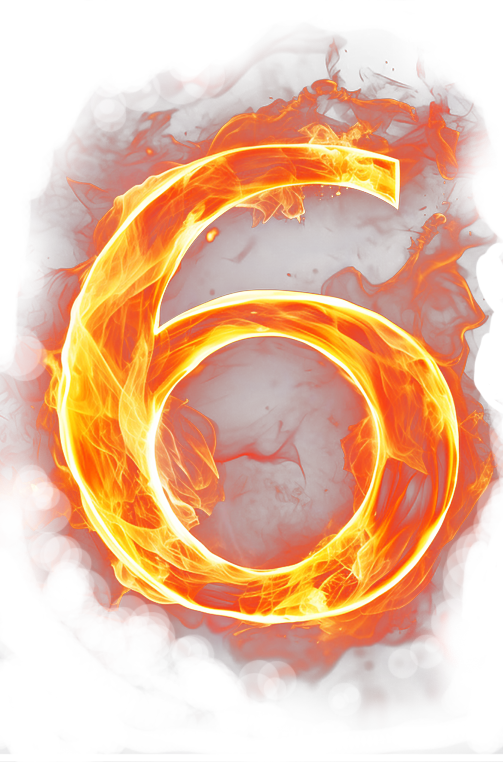
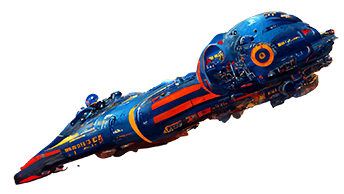
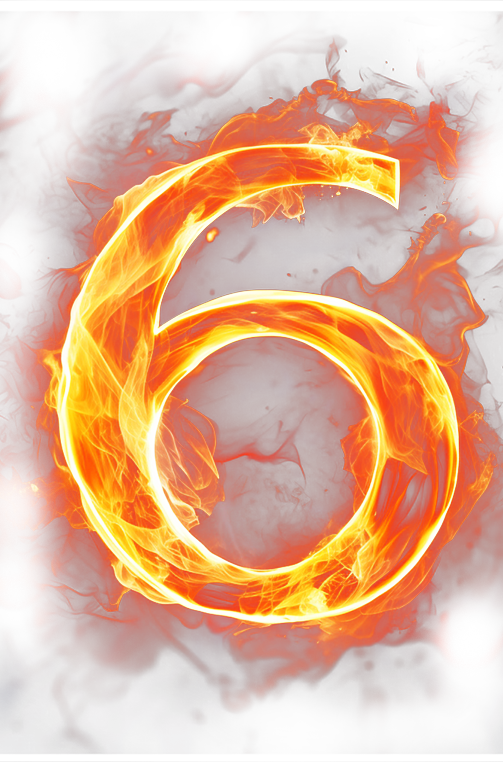
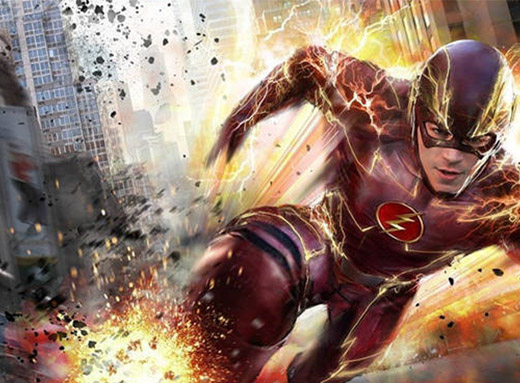

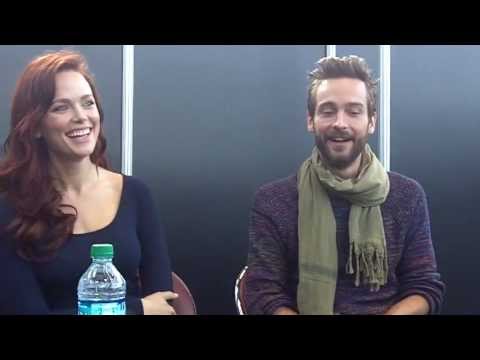



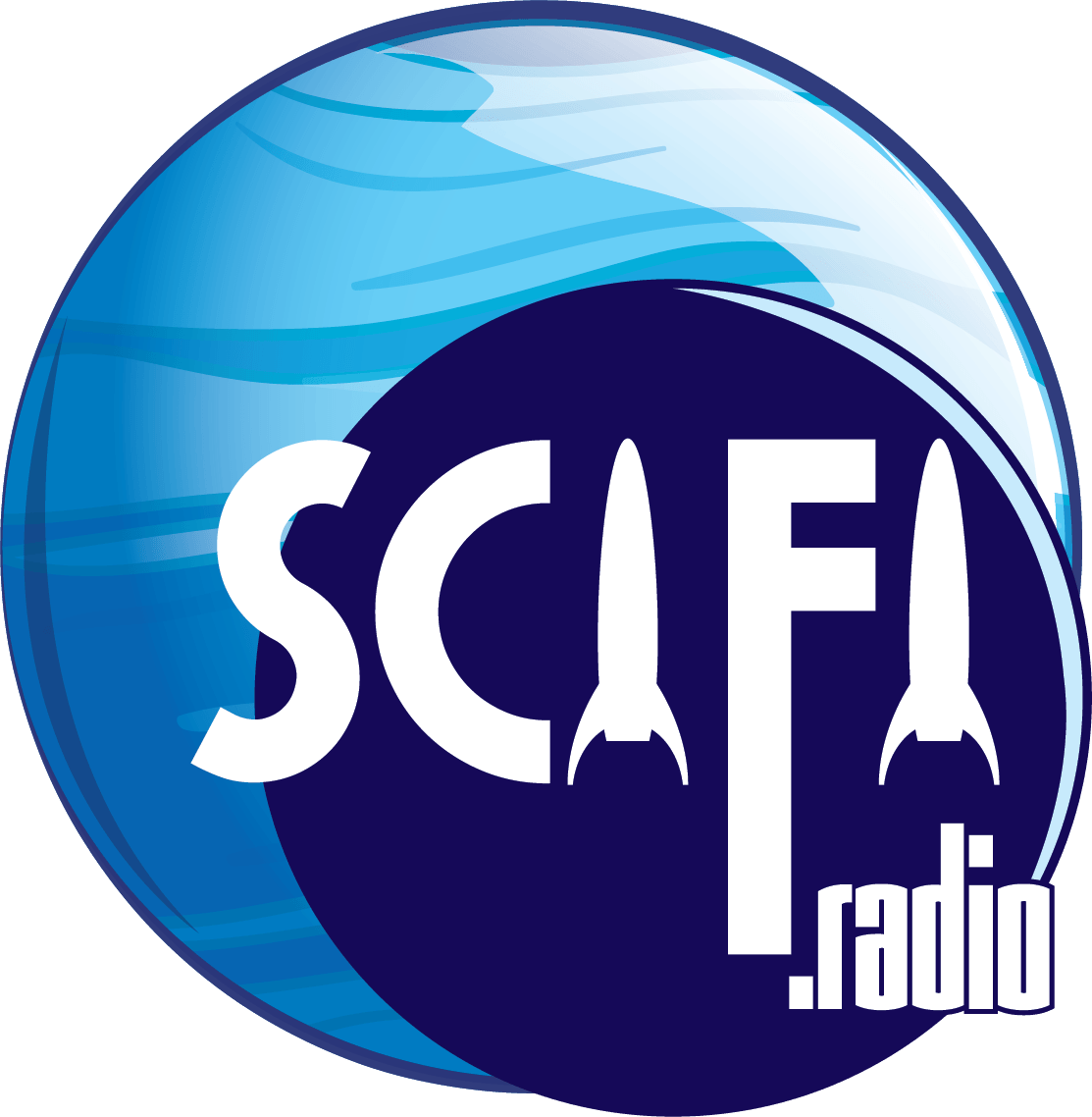
Love the behind the scenes info! It’s really amazing the amount of work that goes into making just one episode. Kudos to The CW for taking such a brave leap with these shows!
Now I can’t wait for Legends of Tomorrow as well… bring on that sea of superhero shows!!
Is this where I can actually talk to the creators of The Flash?